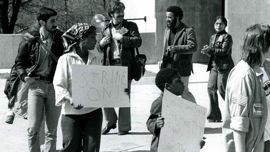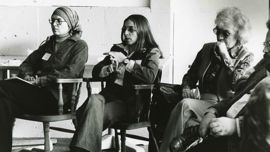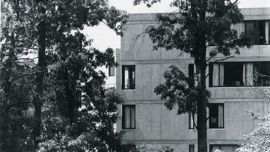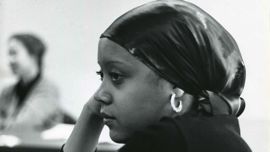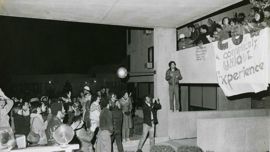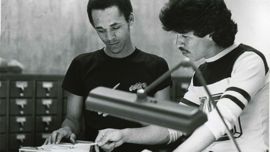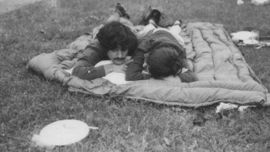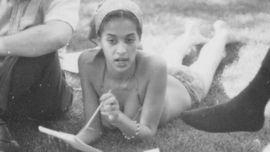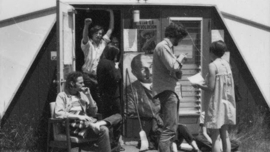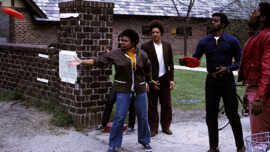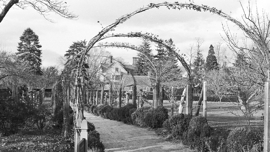S
ince the College’s founding in 1965, Old Westbury has sought to merge academic excellence with the ideal of intercultural understanding. In some of its earliest documents, the College defined its mission in terms of service to “historically by-passed” students, in a “multi-cultural environment” that reflected a “strong concern for human justice.”
The college as established by SUNY’s 1966 Master Plan reads today as more of a manifesto than a state bureaucratic document, pointing both to the effect that social protest had upon elected officials and state agencies, and the suppleness of government to respond to those changes.
“Mandate for a New College” from the
State University’s 1966 Master Plan
The State University will establish in Nassau County a college that pays heed
to the individual student and his concern with the modern world…Specifically
the college will:
1. End the lock-step march in which one semester follows on another until four
of youth’s most energetic years have been consumed; to this purpose qualified
students will be admitted to college without high school graduation, and those
who attain competency will be granted degrees without regard to length of
college study.
2. Admit students to full partnership in the academic world and grant them the
right to determine, in large measure, their own areas of study and research.
3. Use mechanical devices to free faculty scholars from the academic drudgery
of repeated lectures, conducting classes devoted to drill, and marking many
examinations, thus allowing faculty scholars to turn their full creative powers to meaningful exchange with students, to research, and to artistry.
Since the campus is to be built literally from the ground up, the president and faculty members the president recruits will have an almost unrestricted
opportunity and creativity.
Over the subsequent years, the College redefined this mission in a number of ways, but maintained these core values. Through the 1970s, its Mission statements committed the College to the pursuit of “cultural and generational pluralism,” with a focus on access and openness. The 1980s Mission statements re-articulated the conviction that the College’s great diversity was central to its goal to “promote justice and equality in living and learning.”
Beginning in the 1990s, the College merged these themes with a renewed commitment to academic excellence, seeking to provide the “highest quality liberal arts education” with the “broadest possible access.”
Since then, access, innovation and intercultural understanding have remained the foundation of Old Westbury’s unique institutional identity. In recent years, the College has increased its admission standards while preserving its diverse student population.
The College’s Mission, as articulated in 2010 through a campus-wide dialogue is:
SUNY College at Old Westbury is a dynamic and diverse public liberal arts college
that fosters academic excellence through close interaction among students, faculty
and staff. Old Westbury weaves the values of integrity, community engagement,
and global citizenship into the fabric of its academic programs and campus life.
In an environment that cultivates critical thinking, empathy, creativity and
intercultural understanding, we endeavor to stimulate a passion for learning and a commitment to building a more just and sustainable world. The College is a
community of students, teachers, staff, and alumni bound together in mutual
support, respect, and dedication to the Mission.
SUNY College at Old Westbury has nearly a fifty-year commitment to pluralism, intercultural understanding and academic excellence.

